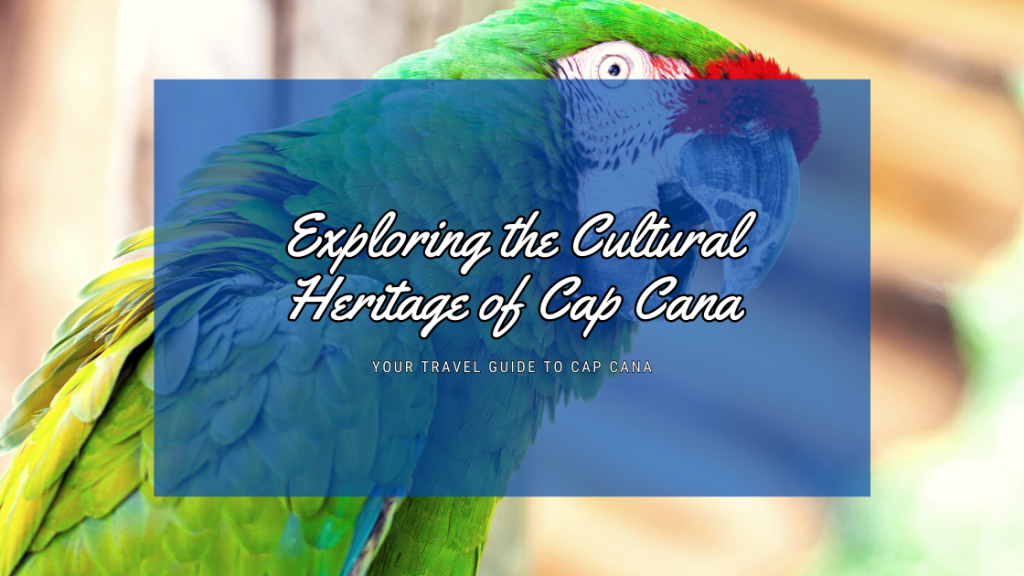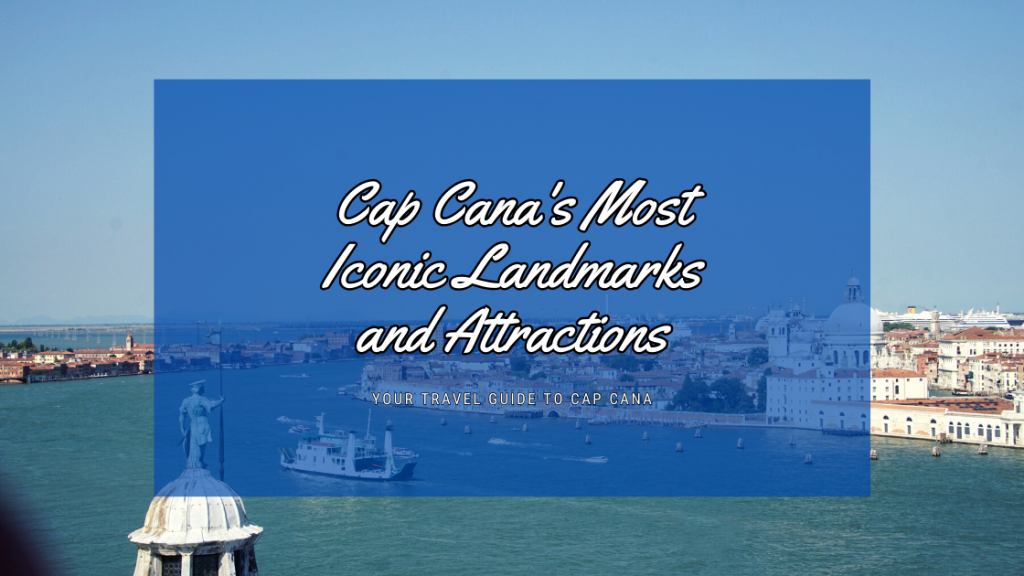Cap Cana, often celebrated for its luxurious resorts and pristine beaches, is also a treasure trove of rich cultural heritage. From its indigenous roots to its modern-day traditions, Cap Cana offers a unique blend of history and culture that’s waiting to be explored. Dive into the captivating world of Cap Cana culture and discover the stories that have shaped this beautiful corner of the Dominican Republic.
1. The Indigenous Roots
Taino Influence: Before the Spanish colonization, the Taino people inhabited the island of Hispaniola, where Cap Cana is located. Their influence is still evident in the region’s art, music, and even daily life. Exploring local museums and cultural centers can give visitors a glimpse into the life of the Taino people.
Cave Explorations: Cap Cana is home to several caves that were once sacred to the Taino. These caves, adorned with ancient petroglyphs, offer a direct link to the region’s pre-Columbian past.
2. Colonial Chronicles
Spanish Architecture: The Spanish colonial influence is evident in the architecture of the older buildings and churches in and around Cap Cana. Whitewashed walls, terracotta roofs, and ornate balconies are hallmarks of this style.
Historic Sites: While Cap Cana is a relatively modern development, the surrounding areas have several colonial-era landmarks. A short trip can lead you to age-old churches, forts, and homes that tell tales of a bygone era.
3. Festivals and Traditions
Cap Cana Carnaval: Drawing inspiration from the country-wide love for carnivals, Cap Cana hosts its own vibrant celebration. Dancers, musicians, and artists come together to celebrate the rich tapestry of Cap Cana culture.
Music and Dance: Merengue and bachata, two dance forms with roots in the Dominican Republic, are integral to Cap Cana’s cultural scene. Local bars and clubs often host dance nights where visitors can sway to the rhythmic beats.
4. Culinary Heritage
From Sea to Table: Being a coastal region, Cap Cana boasts a culinary tradition rich in seafood. Dishes like ‘pescado con coco’ (fish in coconut sauce) reflect the blend of indigenous and colonial influences.
Sweets and Treats: Don’t forget to try local desserts like ‘dulce de leche’ or ‘bizcocho dominicano’ (Dominican cake) that offer a taste of Cap Cana’s sweet heritage.
5. Modern-Day Cap Cana
Art Scene: Contemporary artists in Cap Cana draw inspiration from their rich heritage. Art galleries and street art installations showcase the region’s modern cultural expressions.
Eco-Cultural Tours: Several tours in Cap Cana combine the beauty of nature with cultural experiences. These tours offer insights into local traditions, crafts, and the sustainable practices adopted by the community.
6. Tips for Cultural Exploration
- Local Guides: Hiring a local guide can enrich your cultural exploration. Their personal stories and knowledge add depth to the experience.
- Participate and Engage: Join in the local festivals, try your hand at traditional crafts, or take a dance lesson. Engaging with the culture firsthand makes for unforgettable memories.
- Respect and Etiquette: While exploring, remember to respect local customs and traditions. A little courtesy goes a long way in making your cultural journey more rewarding.
- Conclusion
- Cap Cana, with its blend of ancient traditions and modern expressions, offers a cultural journey like no other. Whether you’re a history buff, an art lover, or someone looking to immerse in local traditions, Cap Cana’s rich cultural heritage promises a treasure trove of experiences. So, on your next visit, look beyond the beaches and delve into the heart of Cap Cana culture.




